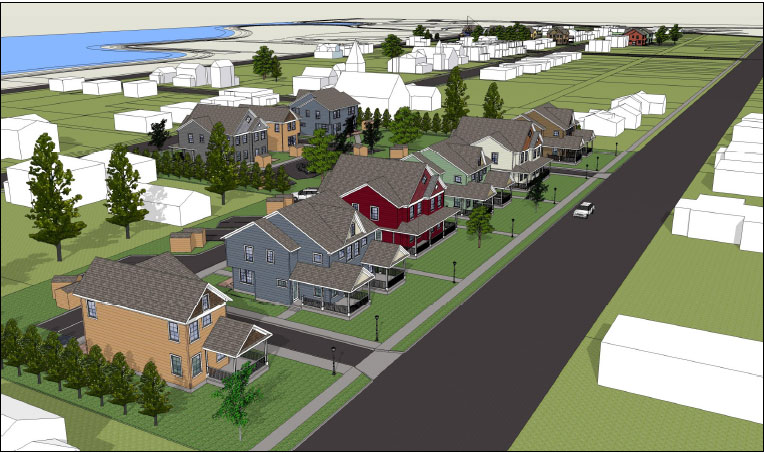Existing homes have history. They have previous owners who are motivated to sell for various reasons. They may have amenities that were added by origi
Existing homes have history. They have previous owners who are motivated to sell for various reasons. They may have amenities that were added by original or subsequent owners, or they may have had improvements made that increased their value. On the other hand, they may have structural or aesthetic flaws or other imperfections that may negatively sway potential buyers.
New housing presents a unique challenge that comes with its own sets of pros and cons. Selling a new home, whether or not it is part of a new development, can be an exciting endeavor that requires somewhat different skills and aptitudes from making the sale of an existing home.
Attuning to demand
The characteristics of new homes and developments can serve as both a response to and a metric of consumer demand. For example, the homes being built today are 74% larger than the homes built a century ago. Expensive and luxury housing can definitely be a driver of the property market.
Small homes, however, can be just in demand for certain demographics, especially as the economy changes. While smaller homes represent less amenable profit margins, they also respond to a demand for affordable housing among those looking to make more prudent real estate investments.
It is important to note that new home building cannot be translated directly into a snapshot of market sentiment. Builders and developers often hear what they want to hear and see what they want to see. They may not have the expertise or desire to fully understand the evolution of the housing market, and can make ill-advised decisions.
If you are trying to sell a new property, make sure you know the demographic you are marketing to, what the demand is and why it exists, and how best to market the property as something that meets that demand. Investigate the motivations behind the development and discern which market it was meant to serve, then target that market.
Value is more than a dollar sign
Value can have almost opposite meanings depending on context. A “value store” is generally considered to be something that offers products at discounted prices, perhaps of cheaper quality. However, something “valuable” usually connotes something expensive. So what is the truth?
The truth is that most buyers want to get their money’s worth, plain and simple. This doesn’t mean that they are willing to buy a terrible property simply because it is cheaper, but on the flip side, it also means that there are diminishing returns on increasingly expensive properties for many buyers. “Value” for the average buyer lies somewhere in the middle, where they can find a few of the amenities they are looking for but still feel comfortable with the amount of money they are investing.
Saying that value is more important than luxury may seem at first blush to be true for most Americans, but it is an oversimplification. For some people, value and luxury are equivalent. For others, they may seem fundamentally opposite. Often there are preconceived notions involved of what an individual thinks they can afford and what they think certain properties and amenities are “worth.” Sometimes these estimates, whether personally motivated or well-informed, are accurate, and sometimes they are extremely off-base. You can work with your clients to determine what value means to them as the new home market evolves.




 Where do we send your free Great Agent demo?
Where do we send your free Great Agent demo?





 We just need some facts about your organization:
We just need some facts about your organization:
COMMENTS